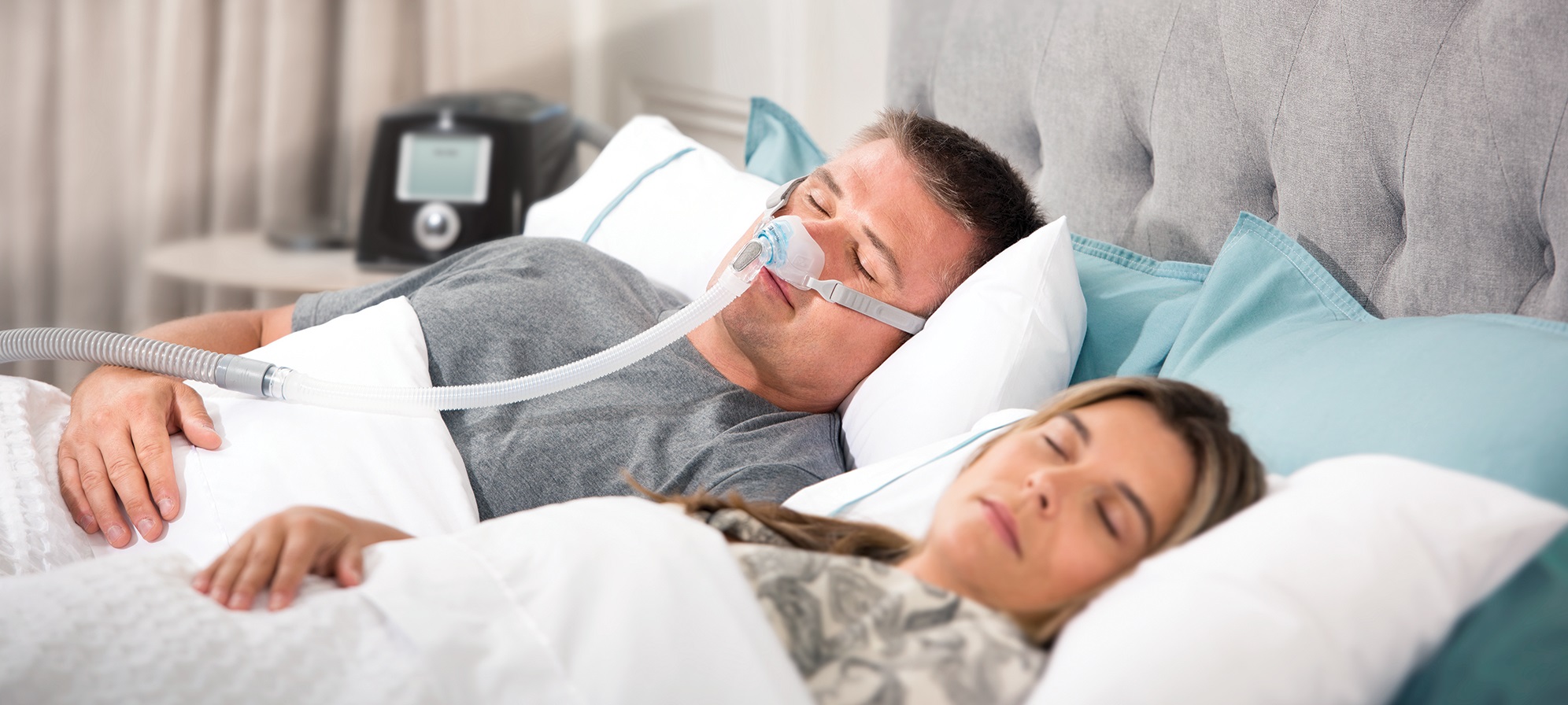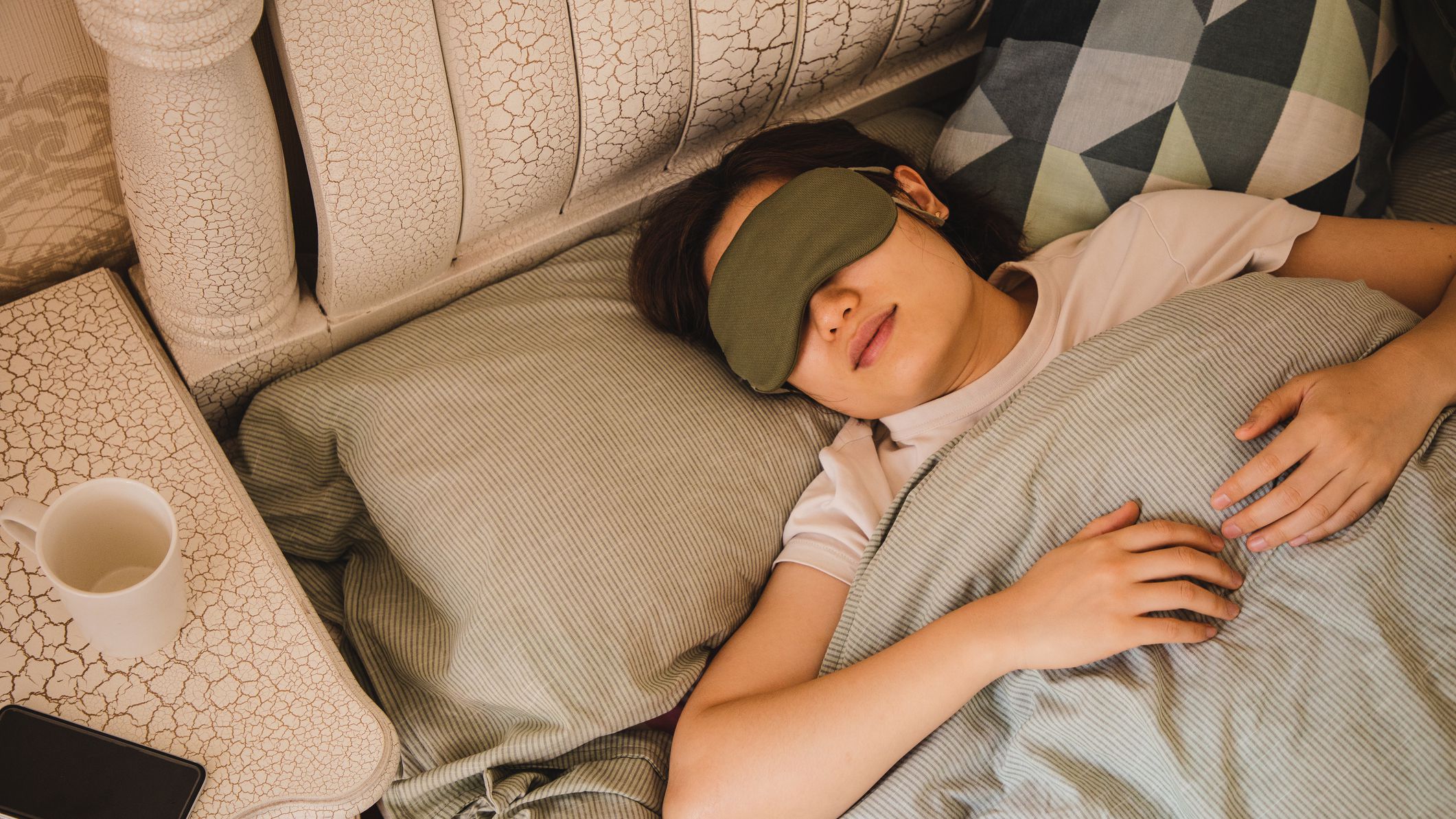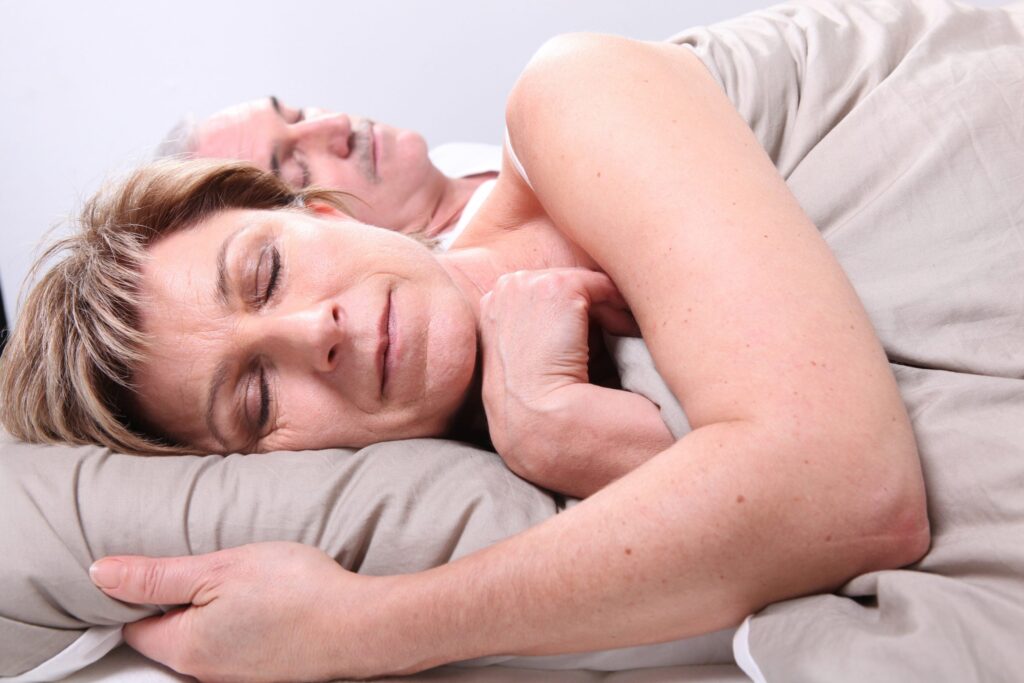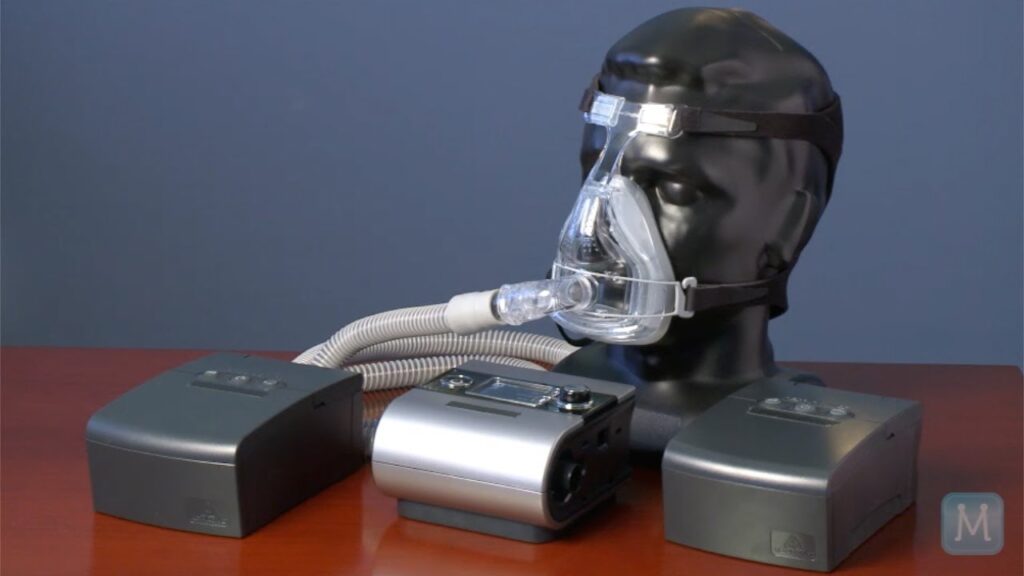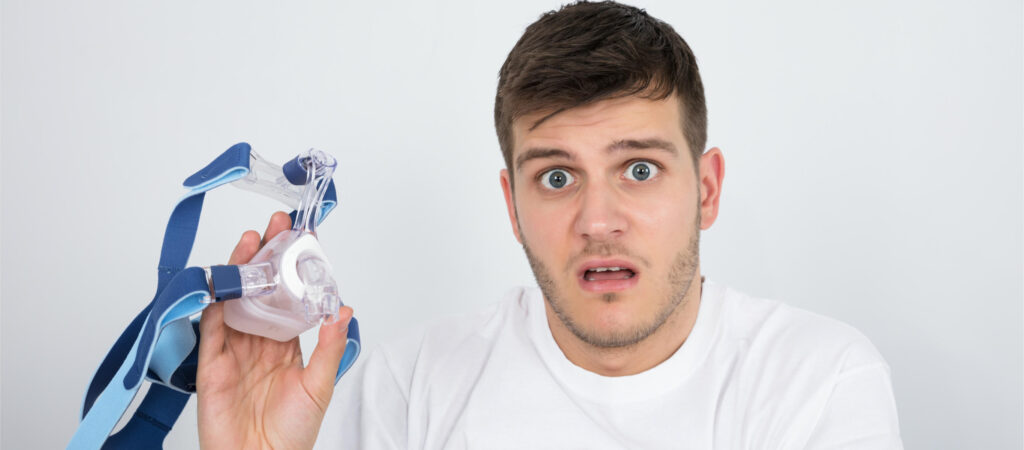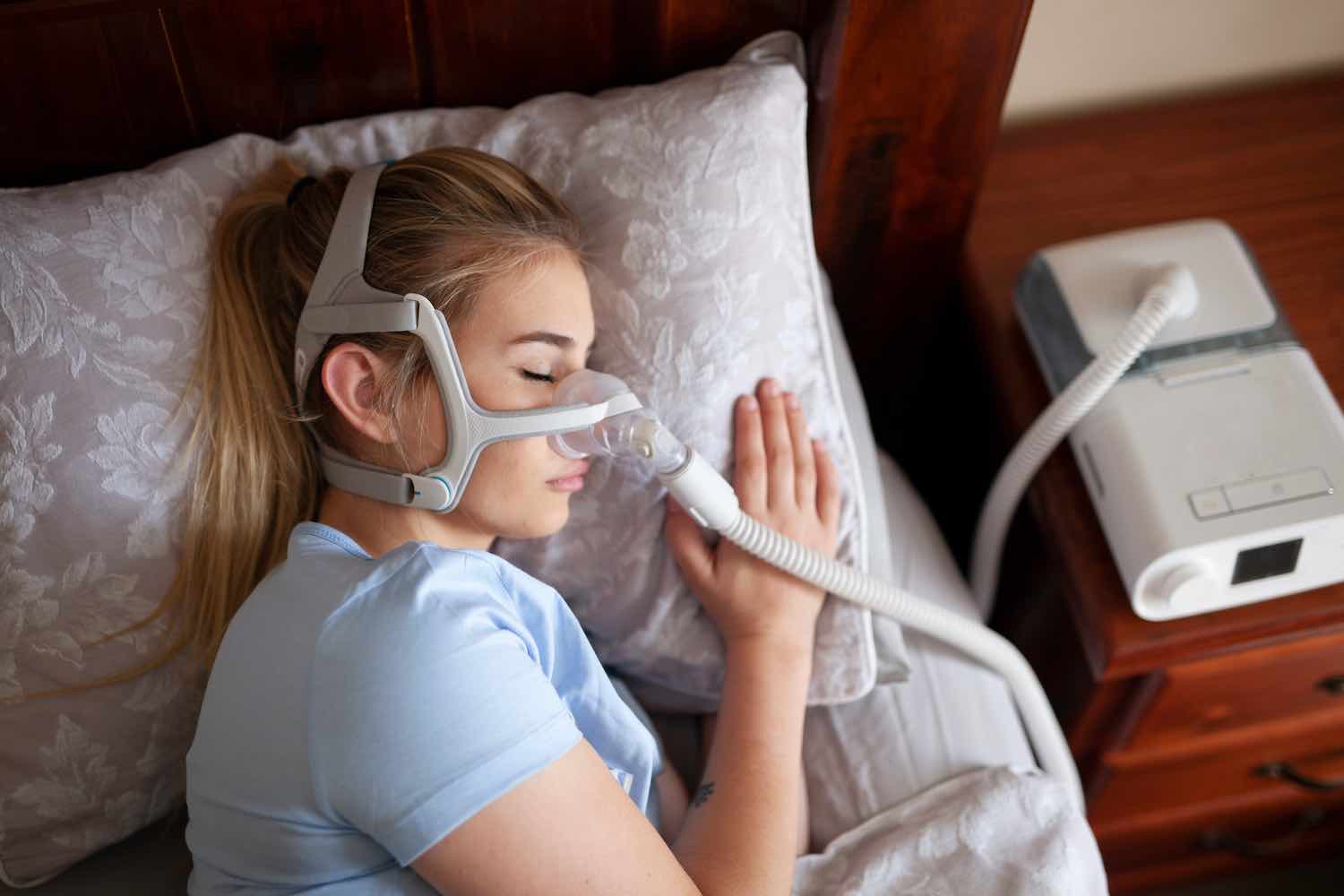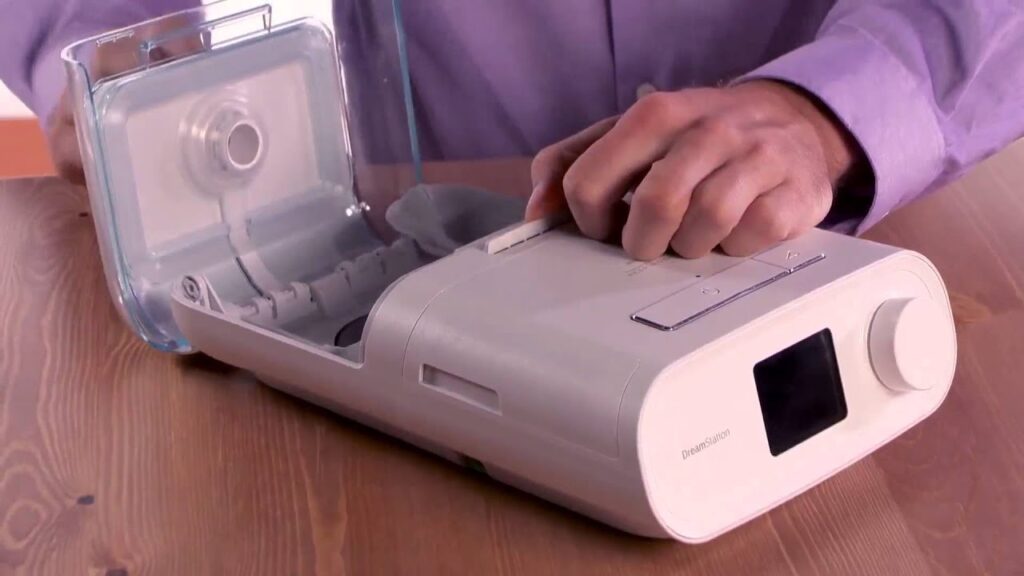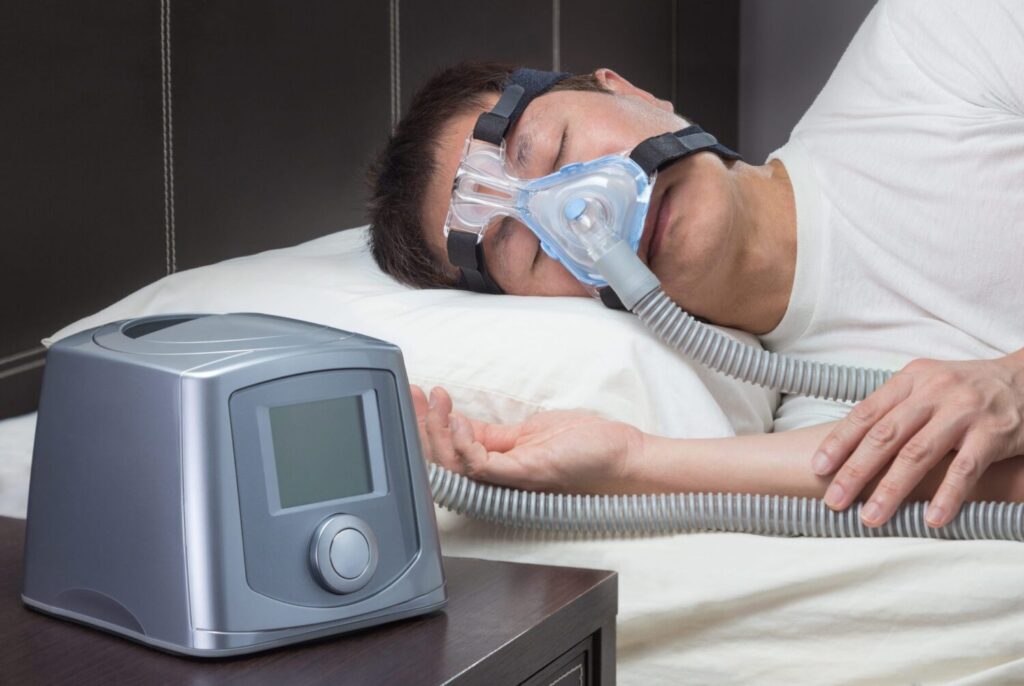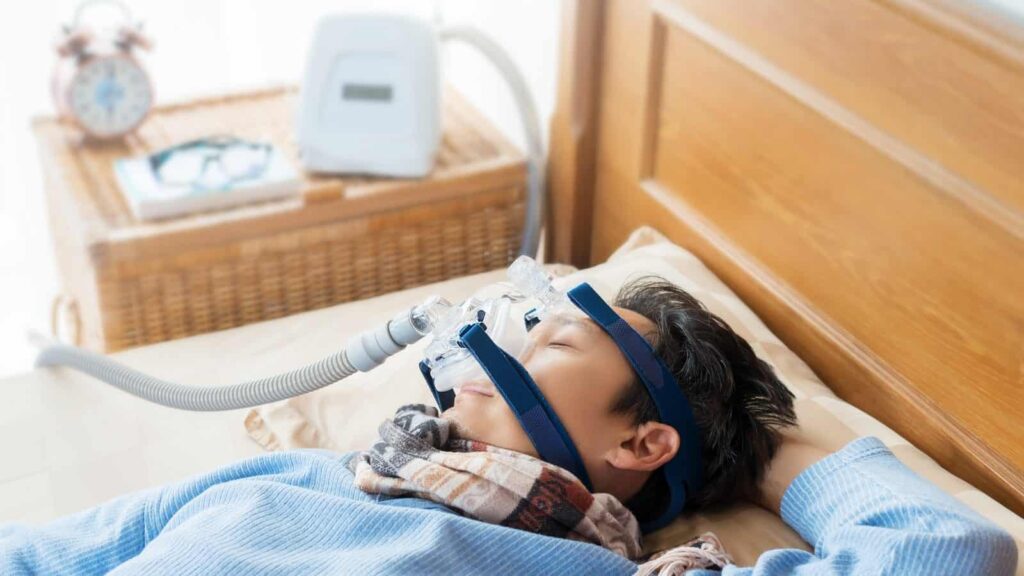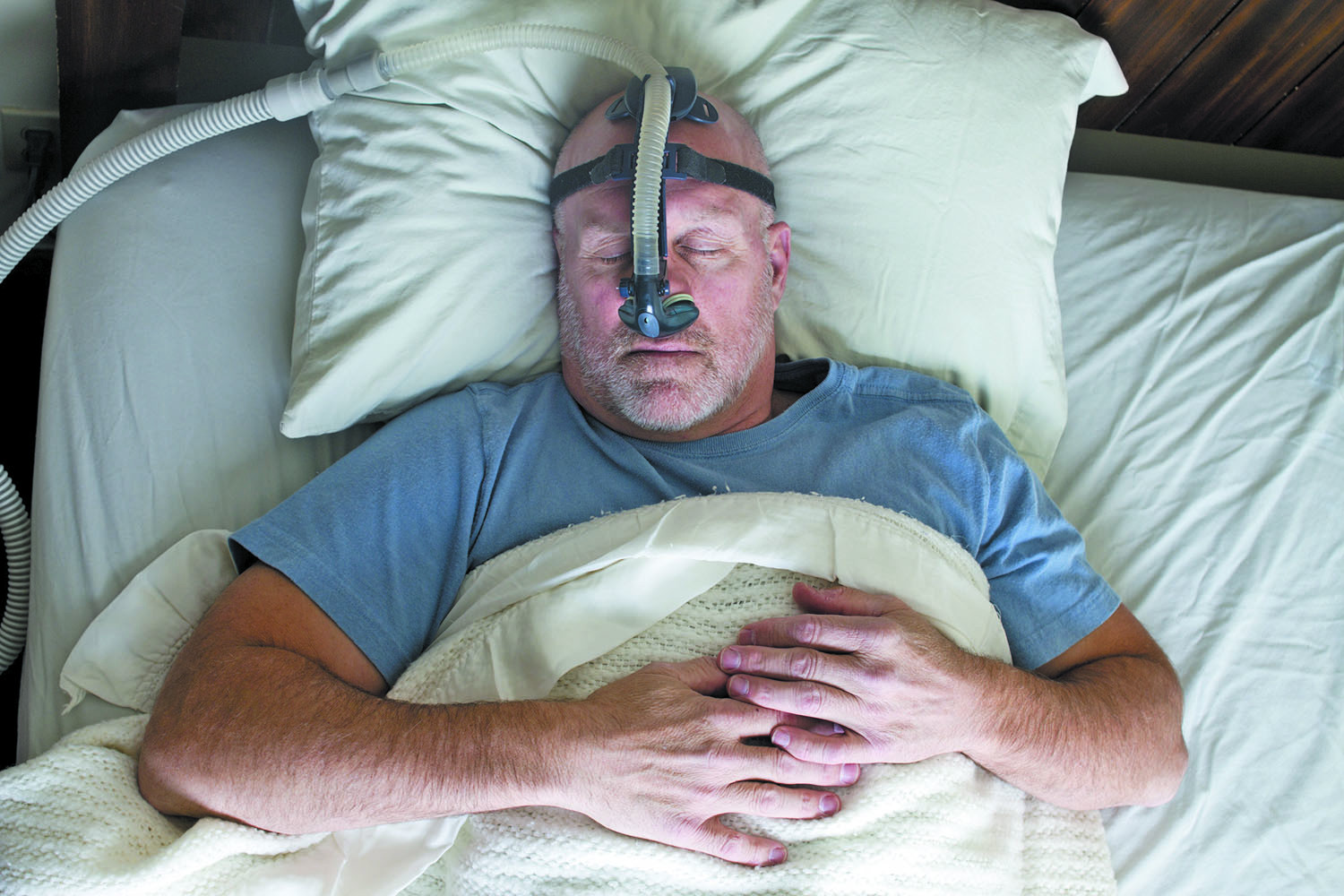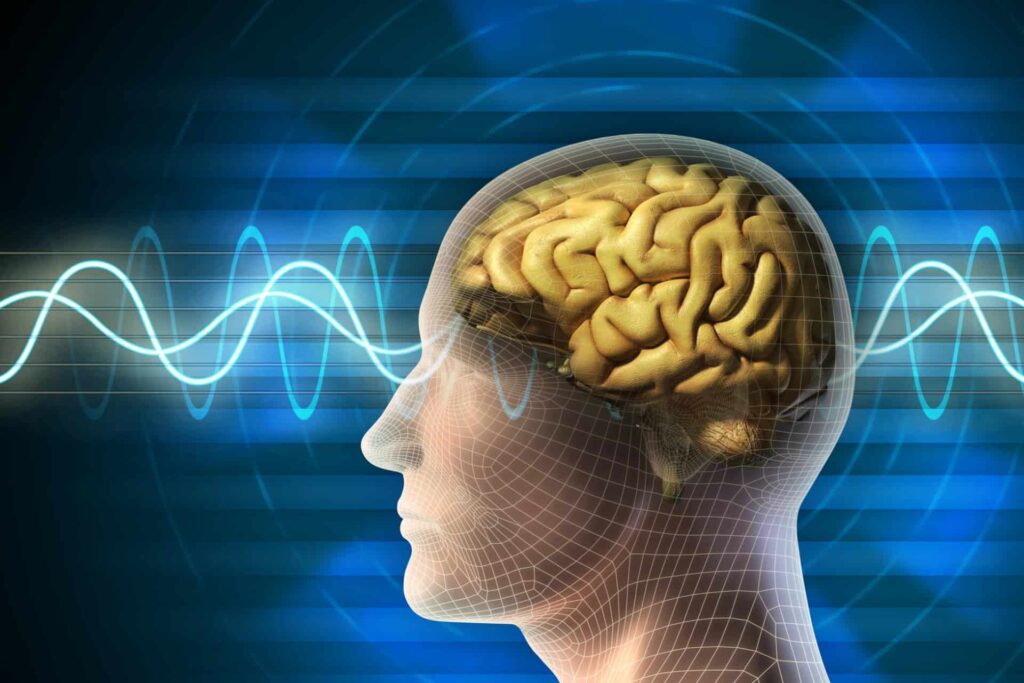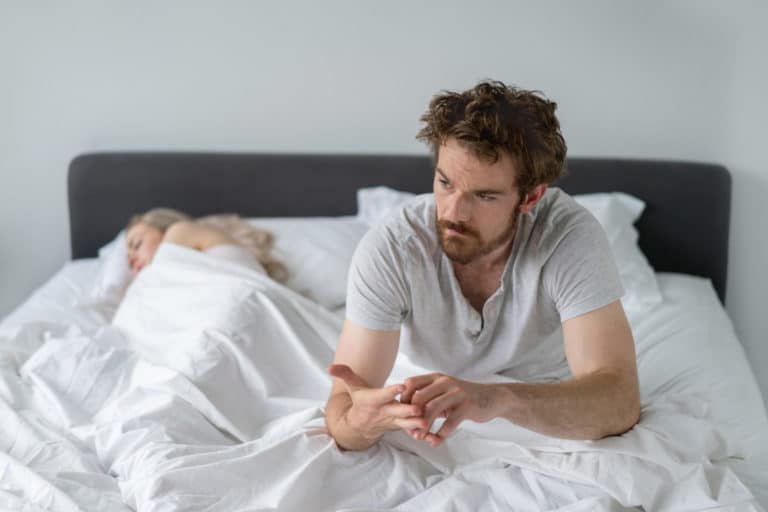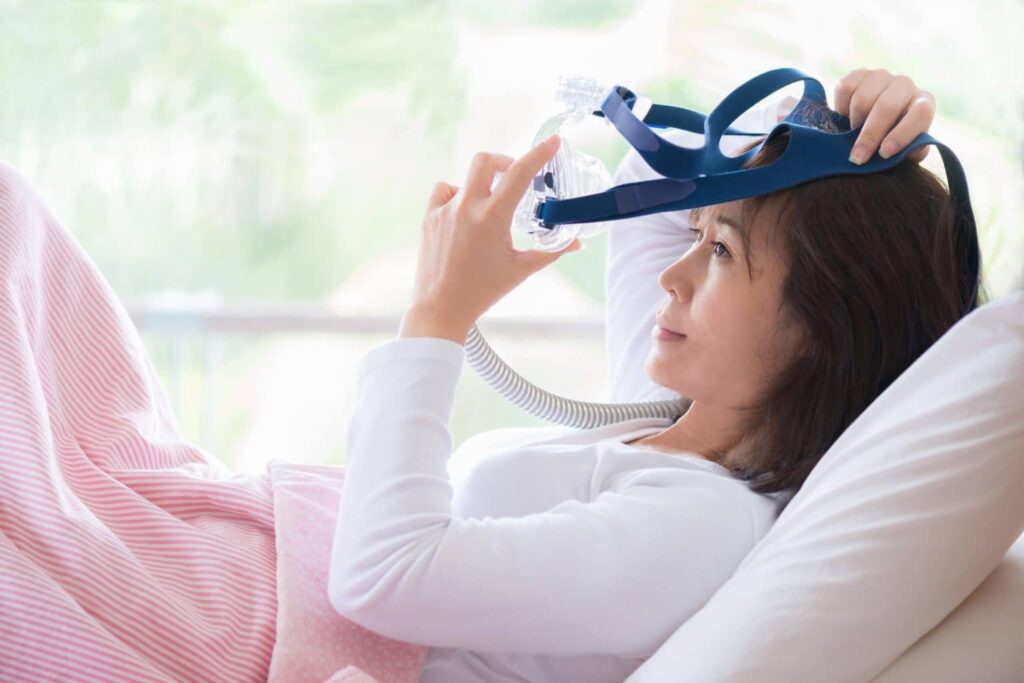A sleep condition called sleep apnea causes frequent breathing interruptions while you’re asleep. These pauses in breathing may occur five to more than one hundred times each hour, and they normally last between ten and twenty seconds.
You are abruptly awakened by a sleep apnea episode due to a shortage of oxygen, however most of the time you don’t remember it. But because of these interferences with sleep apnea devices, you spend more time in light sleep and less time in the deep, rejuvenating sleep you need for vigour, mental clarity, and productivity the following day.
In certain circumstances, sleep apnea may be fatal. It can also result in several health issues. It is crucial to take this seriously. Consult your doctor right away if you or your bed mate have any suspicions about sleep apnea.
Sleep apnea types
The most prevalent kind of sleep apnea is called obstructive sleep apnea (and is the primary focus of this article). It takes place when, while you’re sleeping, the muscles supporting the soft tissues of your upper airway relax and obstruct the usual movement of air into and out of your nose and mouth. Breathing pauses and loud snoring are often the results of this.

A considerably less frequent form of sleep apnea that affects the central nervous system is known as central sleep apnea. It happens when the brain momentarily ceases communicating with the respiratory muscles. It often results from an underlying medical problem. Rarely do those who have central sleep apnea snore.
Obstructive and central sleep apnea can combine to become complex or mixed sleep apnea.
Sleep apnea symptoms and signs
Since the most obvious signs of sleep apnea only appear while you’re sleeping, it might be challenging to diagnose the condition on your own.
However, you may get around this challenge by having your bed mate watch you sleep or by taking a video of yourself while you sleep. Major sleep apnea warning indicators include pauses in snoring that are followed by choking or gasping.
Principal signs and symptoms of sleep apnea include:
- Daytime drowsiness and exhaustion, regardless of how much time you spend in bed
- Choking, snorting, or gasping when you sleep
Additional signs
- Having a morning headache
- Experiencing restless sleep, nightly awakenings, or insomnia
- Waking up in the middle of the night feeling out of breath.
- Frequently using the restroom at night
Snoring or sleep apnea—which is it?
Not everyone with sleep apnea snores, and not everyone who snores also has sleep apnea. How then can you distinguish between common snoring and a more severe instance of sleep apnea?
The most obvious warning indication is how you feel during the day. You’re less likely to experience excessive weariness and daytime drowsiness if you have normal snoring since it doesn’t negatively impact the quality of your sleep the way sleep apnea does. Another indicator is how you sound when you snore. As previously said, you should be checked for sleep apnea if you are gasping, coughing, or producing any other strange noises.
Remember that even if you don’t have sleep apnea, a snoring issue may interfere with your bed partner’s sleep and impair the quality of your own sleep. You may, however, stop snoring with the aid of some advice and remedies.
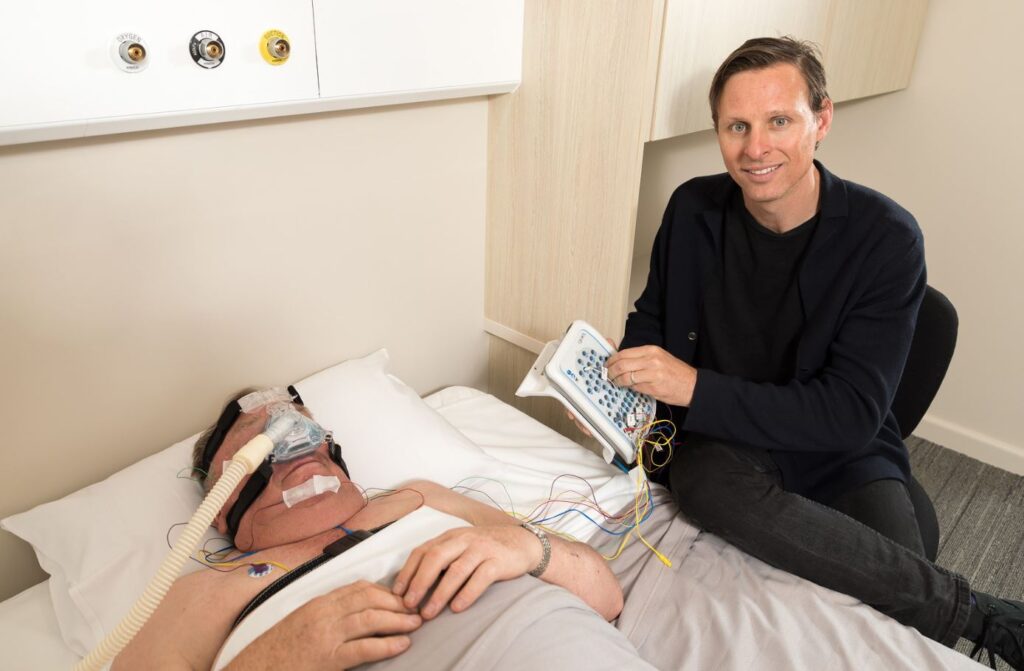
Causes and risk factors for sleep apnea
While sleep apnea may affect anybody, some conditions raise the risk:
- Sex – Men are far more likely than women to develop sleep apnea, while following menopause, the prevalence in women rises.
- Growing older – Although sleep apnea may happen at any age, it becomes more prevalent as you age. The Wisconsin Sleep Cohort research found that its prevalence peaks in people’s 50s and 60s before plateauing.
- Weight – People who are overweight or obese have a substantially greater chance of developing sleep apnea than those who are not.
- Anatomical variations Tiny upper airways, a small or receding jaw, a long soft palate, a high tongue position, a deviated septum, and enlarged tonsils and adenoids are physical characteristics that might cause sleep apnea.
- Smoking – A research by the Center for Tobacco Research and Intervention at the University of Wisconsin, Madison, found that smokers had a threefold increased risk of developing sleep apnea compared to non-smokers.
- A neck measurement of more than 16 inches (40.6 cm) for women and 17 inches (43.2 cm) for men
Sleep apnea may also be influenced by allergies or other medical problems that result in nasal congestion and obstruction.
Causes of central sleep apnea and risk factors
Central sleep apnea is more prevalent in males and persons over 65, much as obstructive sleep apnea. Central sleep apnea, however, is often linked to catastrophic illnesses such heart disease, stroke, neurological conditions, spinal or brainstem injuries, in contrast to obstructive sleep apnea. Positive airway pressure (PAP) devices may cause some patients with obstructive sleep apnea to additionally develop central sleep apnea.

The effects of sleep apnea on health
Chronic sleep deprivation brought on by sleep apnea may make you drowsy throughout the day, fatigued, forgetful, and more likely to have accidents and make mistakes while going about your everyday activities.
Additionally, sleep apnea affects the mind. It may bring on irritation and moodiness, as well as anxiety and sadness. Additionally, it raises your chance of developing other severe medical conditions including high blood pressure, diabetes, atrial fibrillation, and stroke.
Diagnosed with sleep apnea
You must consult a doctor—preferably a sleep medicine specialist—to determine whether you have sleep apnea. They’ll assess your symptoms, record your medical background, and do a sleep study.
Optional sleep studies
The most accurate way to diagnose sleep apnea is still a polysomnogram, or sleep study. It is carried out at a hospital or sleep lab, where you will be connected to sensors and watched throughout the night (or sometimes for two partial nights). With the advent of portable monitors that can measure heart rate, breathing, and blood oxygen levels while you sleep, many individuals are now able to be checked in the comfort of their own homes.
Diagnosis
Your sleep study’s findings on the number of breathing episodes you have per hour of sleep, together with symptoms like snoring and daytime tiredness, are used to diagnose sleep apnea.
According to the American Academy of Sleep Medicine, the severity of sleep apnea is determined by how often you stop breathing throughout the night:
There are three levels of breathing episodes per hour: mild (5–15), moderate (15–30), and severe (30+).
The diagnosis of sleep apnea might be frightening. The good news is that it can be treated. And for the majority, receiving therapy significantly improves their physical and emotional well-being.

